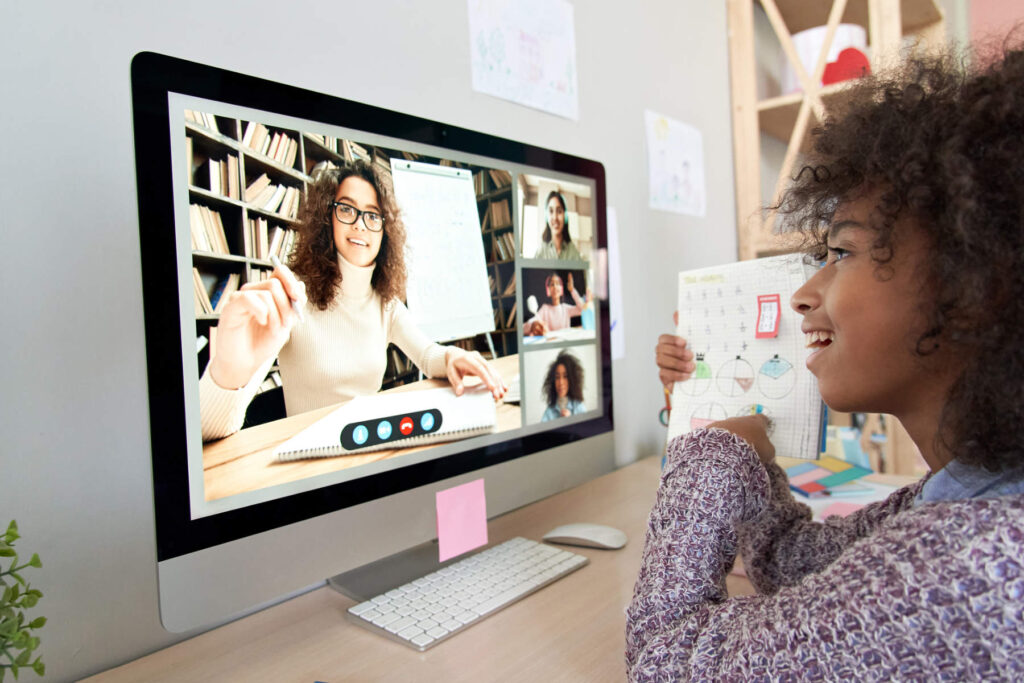

WCAG stands for Web Content Accessibility Guidelines—a set of international standards developed to ensure that digital content is usable by people of all abilities. These guidelines aren’t just for web developers; they are crucial for educators who publish content online, especially as digital classrooms become the norm.
By following WCAG, educators can ensure that all learners—including those with visual, auditory, cognitive, or motor impairments—can access and benefit from their teaching materials equally.
When digital content fails to meet accessibility standards, students with disabilities are at a disadvantage. This can lead to feelings of exclusion, lower academic performance, and even legal challenges for institutions.
For example, a student with low vision may struggle to read PDF handouts with small fonts, or a video without captions may be unusable for a hearing-impaired learner. These barriers are preventable with accessible design practices.
WCAG is organized into four main principles, often remembered by the acronym POUR:
These principles can guide educators in structuring materials—from lesson slides to online quizzes—in a way that serves every learner.
Integrating WCAG doesn’t mean you need to be a web designer. Here are some practical actions teachers can take today:
Even small changes can make a big difference in ensuring equal access for all students.
When teachers commit to accessibility, they’re not only meeting compliance requirements—they’re creating an inclusive classroom culture. WCAG offers a roadmap to equity, allowing every student to participate fully, regardless of their physical or cognitive abilities.
As education becomes more digital, accessibility must be seen as a fundamental part of content creation, not an optional add-on.
Teachers play a direct role in shaping the learning experience. By understanding and applying WCAG, they can help break down barriers and ensure that all students have the opportunity to succeed. It’s not about being perfect—it’s about progress, awareness, and a commitment to equity in education.
Discover more stories and insights that align with your interests. These handpicked articles dive deeper into accessible learning, inclusive education, and tools to empower your teaching journey.